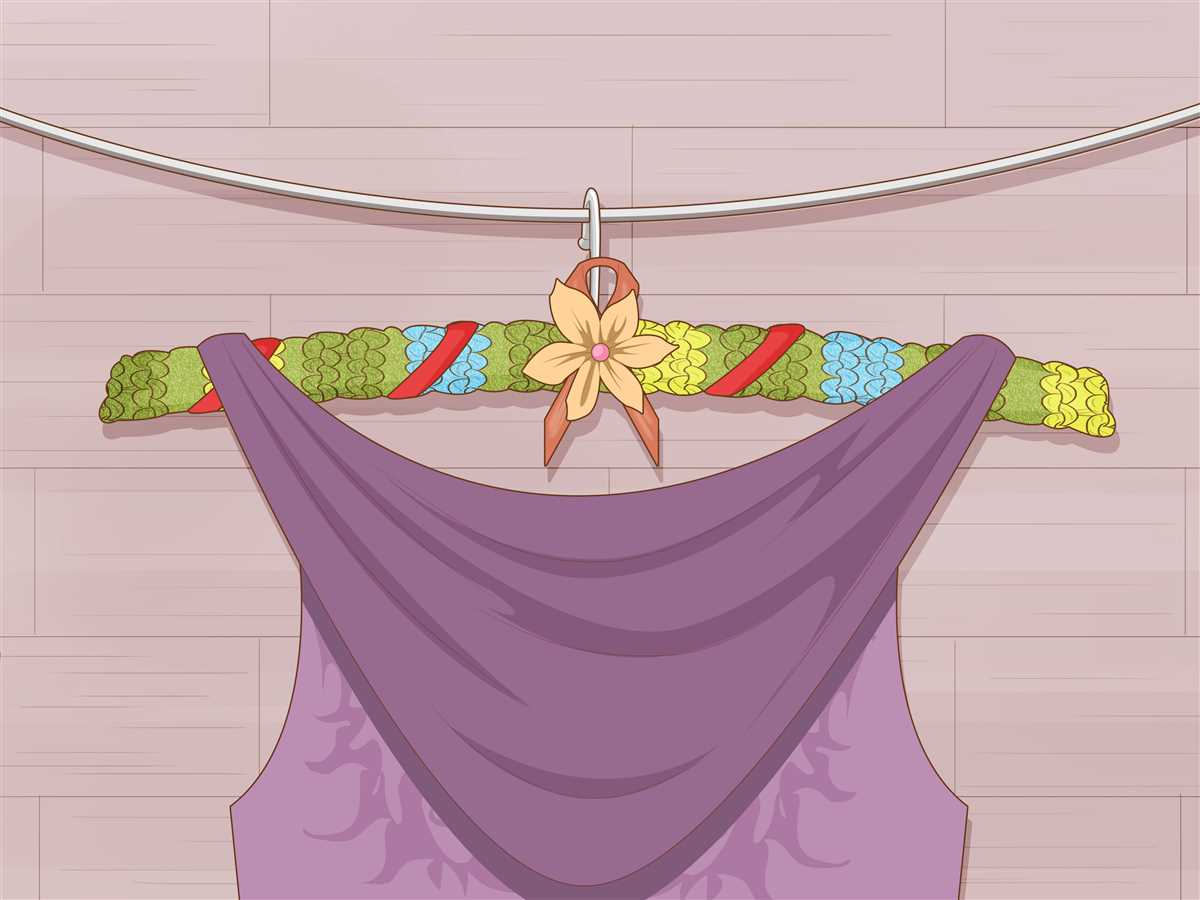
When it comes to keeping our clothes organized and protected in our closets, coat hangers play a crucial role. However, plain plastic or metal hangers can be harsh on delicate garments, such as silk blouses or delicate dresses. This is where knitted coat hangers with lace come to the rescue. They not only add an elegant touch to your closet but also provide a soft and delicate surface to keep your clothes in perfect condition.
Knitted coat hanger patterns with lace are a popular choice among craft enthusiasts who enjoy combining functionality with creativity. These patterns allow you to add your own personal touch to plain coat hangers and turn them into something beautiful and unique. Whether you are an experienced knitter or just starting out, there are various patterns available that cater to all skill levels.
The delicate lace patterns used in these designs add a touch of femininity and elegance to the hangers, making them a perfect accessory for a stylish and organized closet. From simple lace edgings to intricate lace designs, the possibilities are endless. You can choose patterns that match the decor of your closet or opt for contrasting designs that make a statement.
Benefits of Knitted Coat Hangers
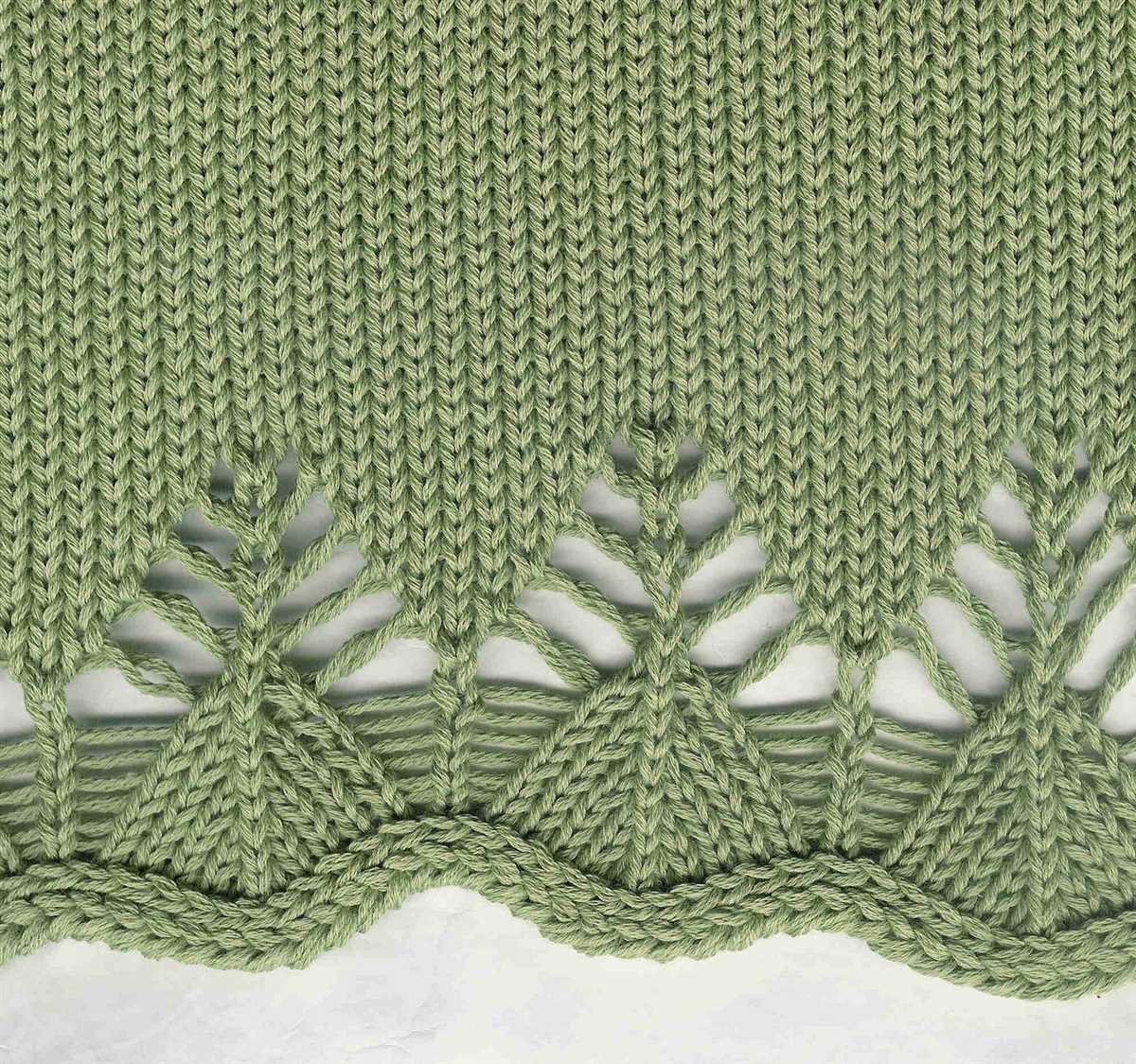
Knitted coat hangers have become increasingly popular in recent years, and for good reason. These unique and stylish hangers offer a range of benefits that make them a must-have accessory for any wardrobe.
One of the main benefits of knitted coat hangers is their ability to protect and preserve delicate garments. The soft and cushioned surface of the hanger helps to prevent clothing from slipping off and becoming wrinkled or stretched. This is particularly important for delicate fabrics such as silk or lace, which can easily become damaged on traditional wire or plastic hangers. By using knitted coat hangers, you can ensure that your favorite garments stay in pristine condition, ready to be worn whenever you need them.
In addition to their protective qualities, knitted coat hangers also add a touch of elegance and charm to any closet. The delicate lace patterns and intricate designs make these hangers a beautiful and decorative accessory. They can instantly transform a simple wardrobe into a luxurious and stylish space. Whether you are organizing your own closet or looking for a unique gift for someone special, knitted coat hangers are a perfect choice.
Furthermore, knitted coat hangers are not only functional and fashionable but also eco-friendly. They can be made from recycled materials, such as old t-shirts or yarn scraps, which helps to reduce waste and promote sustainability. By choosing knitted coat hangers, you are not only adding a touch of style to your closet but also contributing to a greener and more environmentally-friendly lifestyle.
In conclusion, knitted coat hangers offer a range of benefits that make them a valuable addition to any wardrobe. From protecting delicate garments to adding elegance and charm, these hangers are both functional and fashionable. Furthermore, their eco-friendly nature makes them a sustainable choice. So why settle for ordinary hangers when you can have the unique and beautiful designs of knitted coat hangers?
Protect Your Clothes
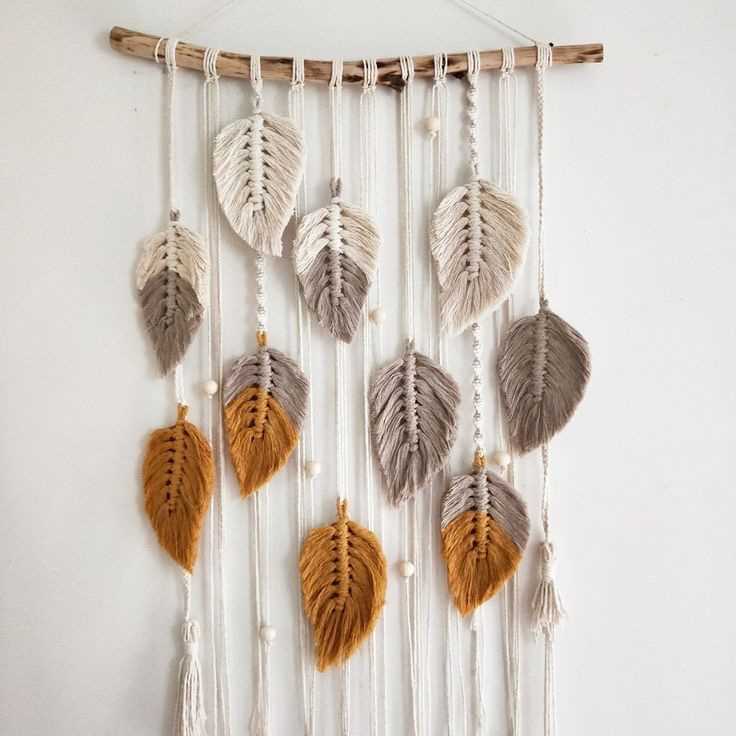
In order to keep your clothes looking their best, it’s important to take proper care of them. One way to do this is by using coat hangers that are designed to protect your garments. Knitted coat hangers with lace patterns are not only decorative, but they also provide an extra layer of protection to help prevent wrinkles, stretching, and damage to delicate fabrics.
The lace patterns on these knitted coat hangers allow air to circulate around your clothes, which helps to prevent moisture build-up and keep them fresh. The soft, padded nature of the knitted coating also helps to cushion your garments, reducing the risk of snags and tears. With the added protection of these coat hangers, you can hang your clothes confidently, knowing that they are being well taken care of.
Whether you have a collection of delicate silk blouses, vintage dresses, or designer coats, using knitted coat hangers with lace patterns can help extend the life of your clothes. They can be easily made at home using simple knitting techniques, making them a practical and cost-effective solution for protecting your wardrobe. Plus, with a variety of lace patterns available, you can easily personalize your coat hangers to match your style and add an elegant touch to your closet.
So, if you want to ensure that your clothes continue to look their best for years to come, consider investing in knitted coat hangers with lace patterns. Not only will they help to protect your garments from wrinkles and damage, but they will also add a touch of elegance to your closet. Start knitting today and give your clothes the care they deserve.
Prevent Stretching
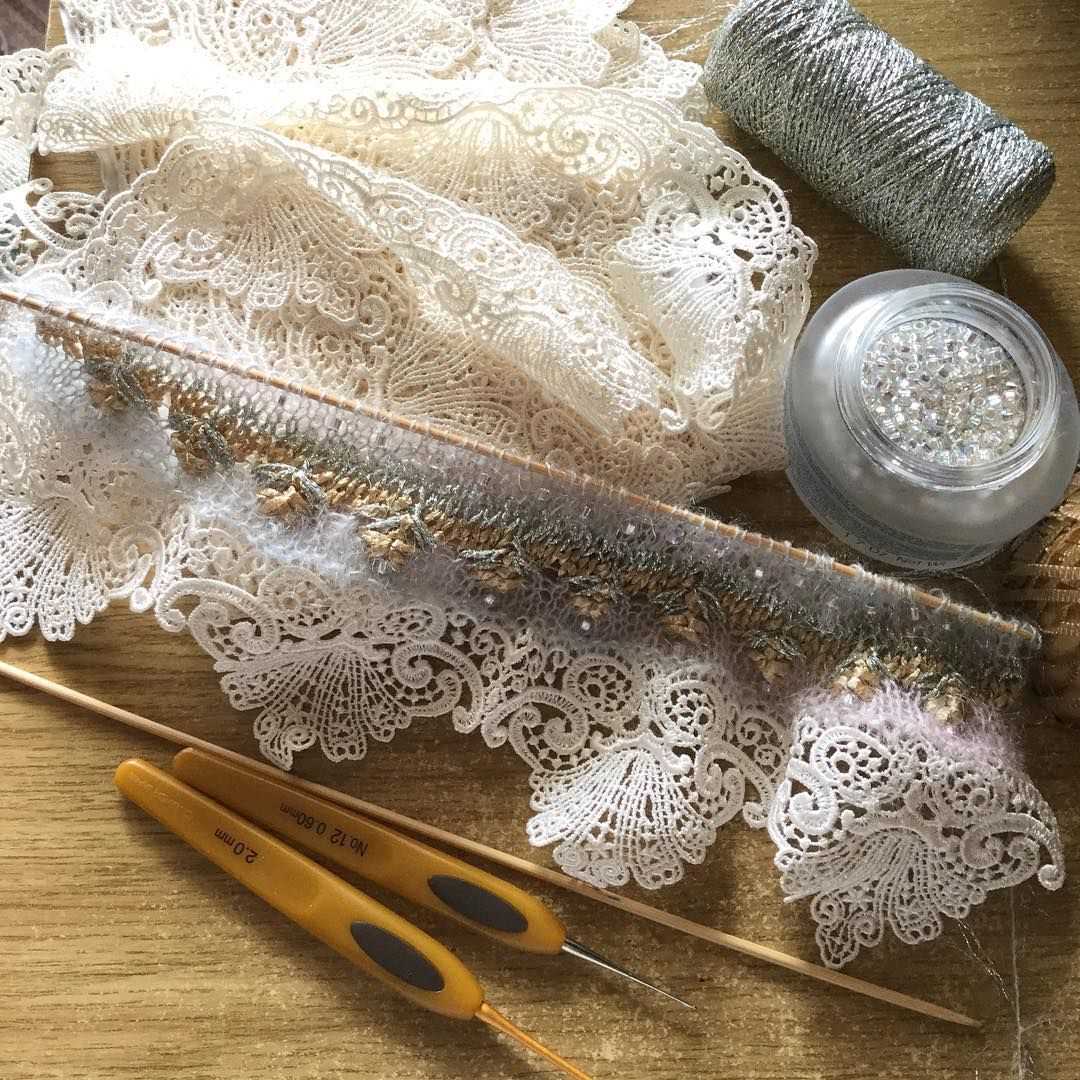
When it comes to knitted coat hangers, one of the main challenges is preventing stretching. As the hanger supports the weight of the garment, it is important to ensure that it maintains its shape and does not stretch out over time.
Choose the right yarn: When knitting coat hangers, it is crucial to select a yarn that is both durable and has good elasticity. Yarns with a high percentage of cotton or wool are ideal for this purpose, as they have natural stretch and can bounce back to their original shape.
Use proper techniques: Employing the right knitting techniques can greatly help in preventing stretching. It is recommended to use a tight stitch pattern, such as ribbing or seed stitch, to create a dense and sturdy fabric. Additionally, using smaller needles can also help in achieving a tighter knit and reducing the chances of stretching.
Consider adding reinforcement: To further prevent stretching, you can incorporate reinforcement techniques into your knitted coat hanger pattern. One method is to add a thin wire or plastic hanger insert within the knitted cover. This will provide extra support and help maintain the shape of the hanger.
- Another option is to sew a fabric lining on the inside of the knitted cover. This can add stability and reduce the chances of stretching.
- You can also consider adding lace inserts or decorative stitches to reinforce specific areas of the hanger that are prone to stretching.
Proper care and storage: Lastly, taking proper care of your knitted coat hangers can also prevent stretching. Make sure to store them in a cool and dry place, away from direct sunlight, which can weaken the fibers and cause stretching. It is also important to handle the hangers with care and avoid excessive pulling or stretching when hanging garments.
By following these tips and techniques, you can ensure that your knitted coat hangers retain their shape and provide effective support for your garments, preventing stretching and prolonging their lifespan.
Add a Touch of Elegance
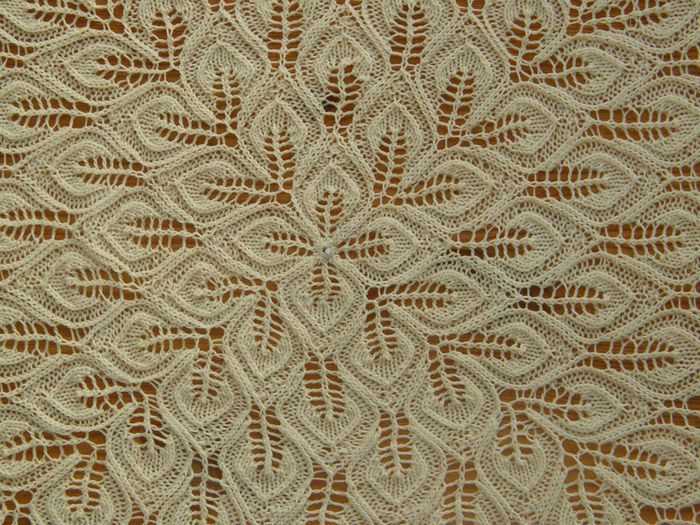
If you’re looking to add a touch of elegance to your wardrobe or home decor, consider using knitted coat hangers with lace. These beautiful creations not only serve a practical purpose, but also add a stylish and sophisticated aesthetic to any space.
One of the great benefits of knitted coat hangers with lace is their versatility. They can be used to hang coats, dresses, delicate garments, or even towels and linens. Regardless of the item they are used for, these hangers instantly elevate the look and feel of your closet or bathroom.
A popular trend in recent years has been incorporating lace into various knitting projects. Lace adds a delicate and intricate element to any design and can transform a simple garment or accessory into a truly elegant masterpiece. Knitted coat hangers with lace take this trend to the next level, creating a unique and chic item that is both functional and decorative.
When creating knitted coat hangers with lace, there are various patterns and designs to choose from. Some patterns feature lace panels that run vertically down the hanger, while others incorporate lace motifs or edgings. Each design adds its own touch of elegance and allows you to customize your hangers to match your personal style and aesthetic.
In addition to their aesthetic appeal, knitted coat hangers with lace also provide practical benefits. The softness of the knitting and the lace prevent clothes from slipping off the hanger, helping to maintain the shape and integrity of your garments. They also prevent clothes from developing unsightly shoulder bumps, ensuring that your wardrobe always looks its best.
So why settle for ordinary plastic or wire hangers when you can add a touch of elegance to both your wardrobe and home decor? Knitted coat hangers with lace offer a unique blend of functionality and style, allowing you to hang your clothes in a luxurious and sophisticated manner. Whether you choose to knit them yourself or purchase them from a craft store or online retailer, these hangers are sure to become a cherished addition to your closet or linen cupboard.
How to Choose the Right Yarn
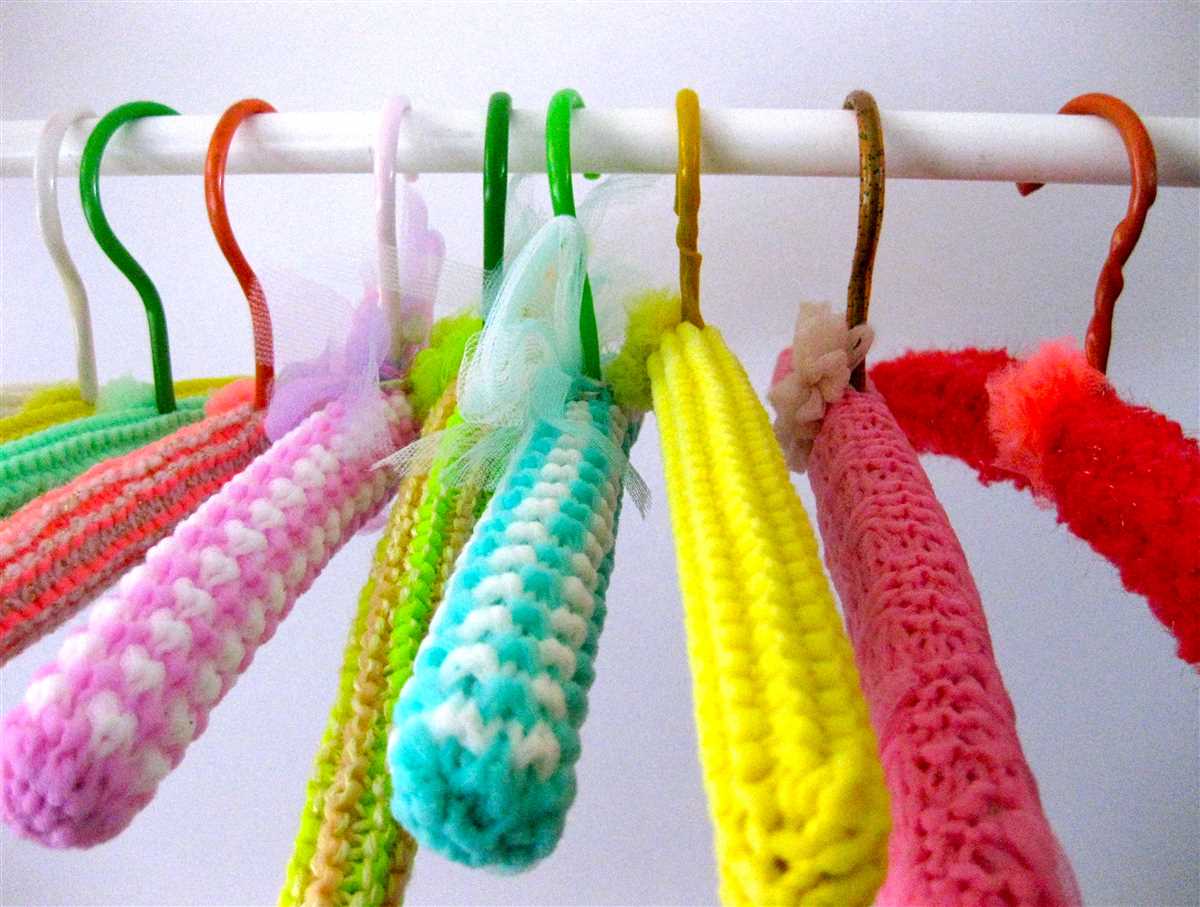
When it comes to knitting, one of the most important decisions you’ll make is choosing the right yarn for your project. The yarn you choose can greatly affect the outcome of your project, so it’s important to consider a few key factors when making your selection.
Weight
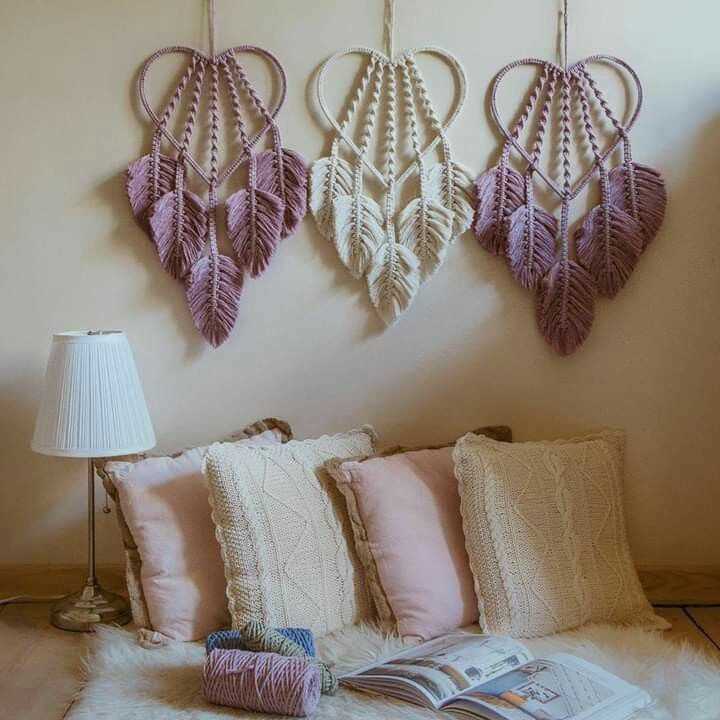
One of the first things to consider when choosing yarn is the weight. Yarn weight refers to the thickness of the yarn, and it can range from super fine (lace weight) to super bulky. The weight of the yarn you choose will depend on the pattern you’re using and the desired finished product. For example, if you’re knitting a delicate lace shawl, you’ll likely want to choose a lace weight yarn. On the other hand, if you’re knitting a cozy winter sweater, you’ll probably want to opt for a bulkier yarn.
Fiber Content
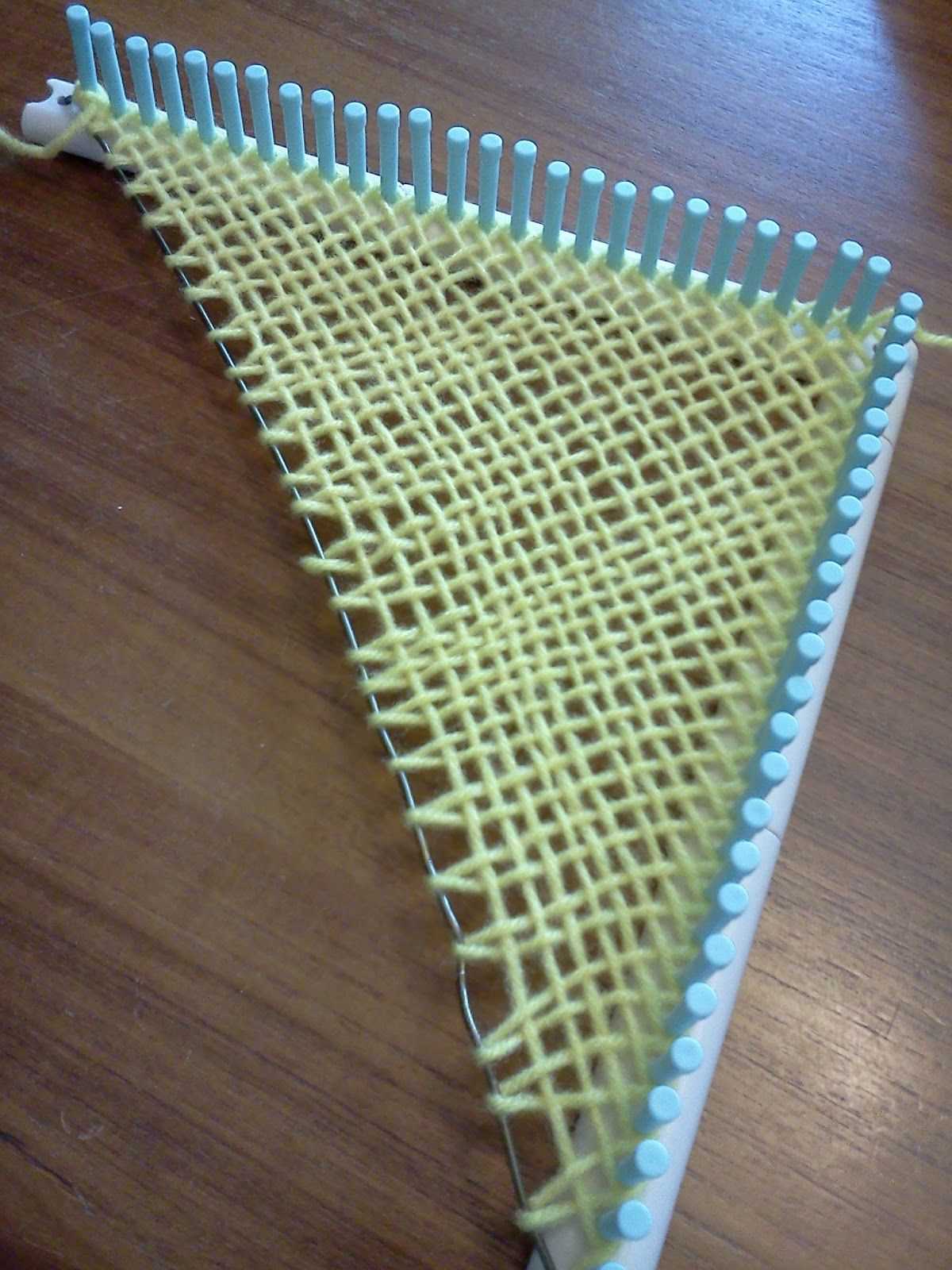
The fiber content of the yarn is another important factor to consider. Different fibers have different properties, which can affect the drape, warmth, and durability of your finished project. Common yarn fibers include wool, cotton, acrylic, and alpaca, among others. Wool is popular for its warmth and elasticity, while cotton is cool and lightweight. Acrylic is often chosen for its easy care and affordability, while alpaca is known for its softness and luxury feel. Consider the characteristics you’re looking for in your finished project and choose a yarn fiber that aligns with those needs.
Color and Texture
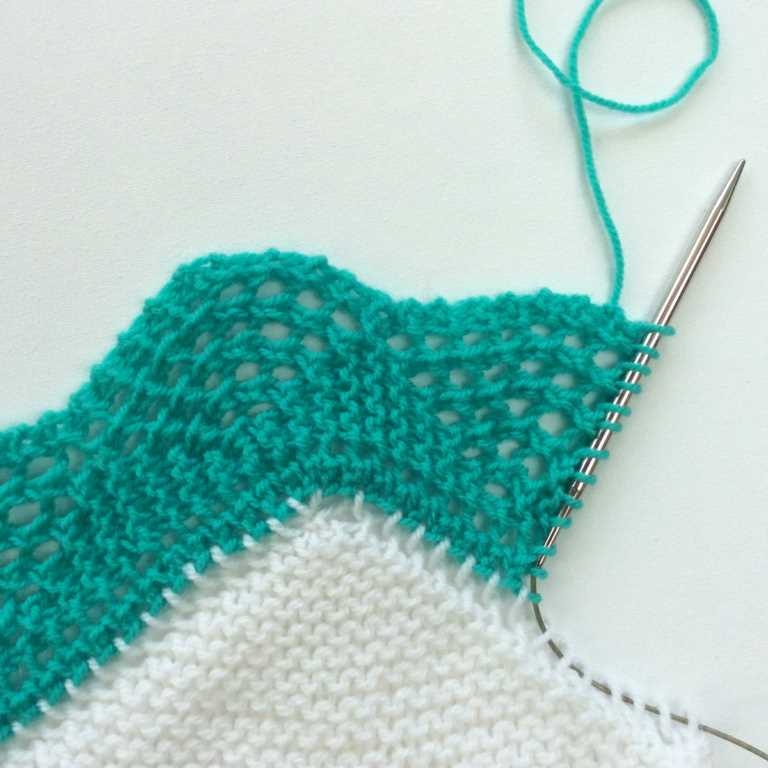
Finally, don’t forget to consider the color and texture of the yarn. The color can greatly impact the overall look of your project, so choose a color that complements your taste and the intended recipient’s preferences. Texture can also add interest and dimension to your knitted piece, so consider yarns with unique textures such as boucle, chenille, or mohair.
By considering factors such as weight, fiber content, color, and texture, you can choose the right yarn for your knitting project and ensure a successful outcome. Happy knitting!
Consider the Weight
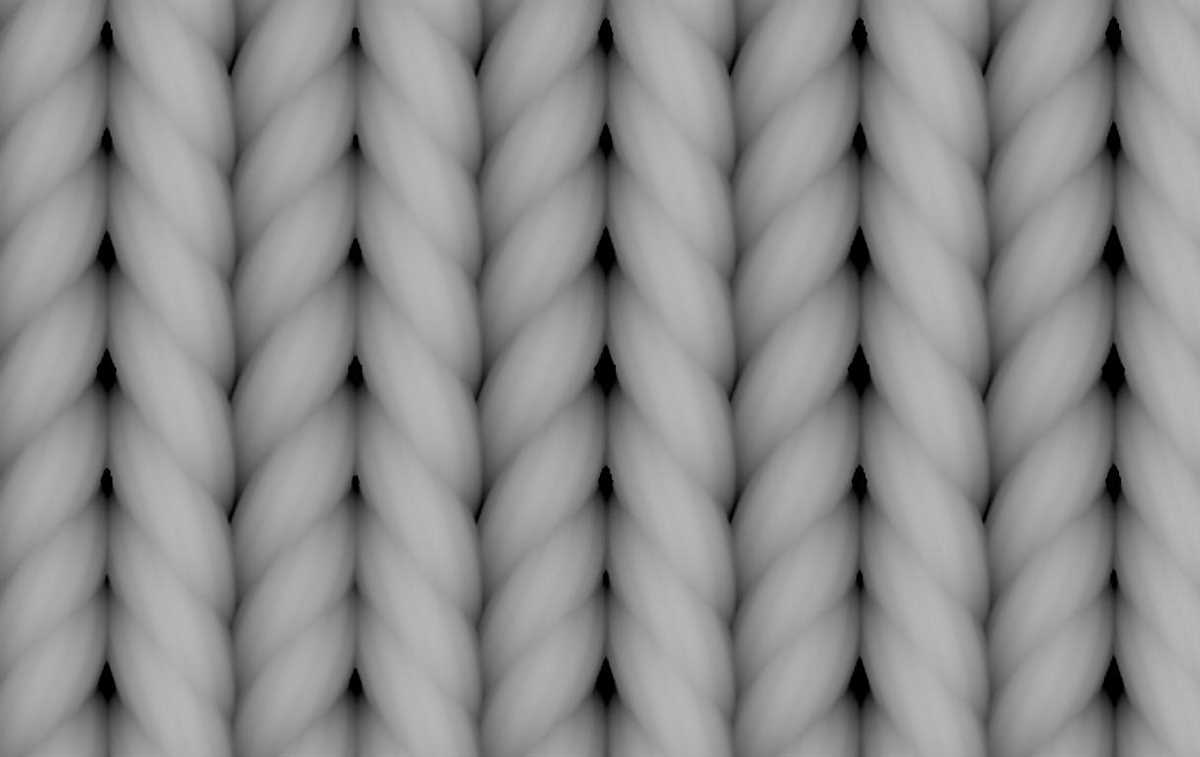
When it comes to choosing a pattern for knitted coat hangers with lace, it is important to consider the weight of the yarn you will be using. The weight of the yarn can have a significant impact on the overall look and feel of the finished hanger.
Thicker, heavier yarns can create a more substantial hanger that can better support heavier items of clothing. This is especially important if you plan on using the hangers for coats or jackets. Using a lighter weight yarn may result in a hanger that is not able to adequately support the weight of these bulkier items, potentially causing damage or stretching to the hanger.
In contrast, if you are making hangers for lighter items such as delicate dresses or blouses, you may want to choose a lighter weight yarn. A lighter weight yarn will result in a hanger that is more delicate and dainty, complementing the delicate nature of the clothing it will hold. However, it is still important to ensure that the chosen yarn is sturdy enough to support the weight of the garments it will hold.
Ultimately, the weight of the yarn you choose will depend on both the intended use of the hangers and your personal preference for the finished look and feel. By carefully considering the weight of the yarn, you can create knitted coat hangers with lace that are not only beautiful but also functional and durable.
Look for Durability
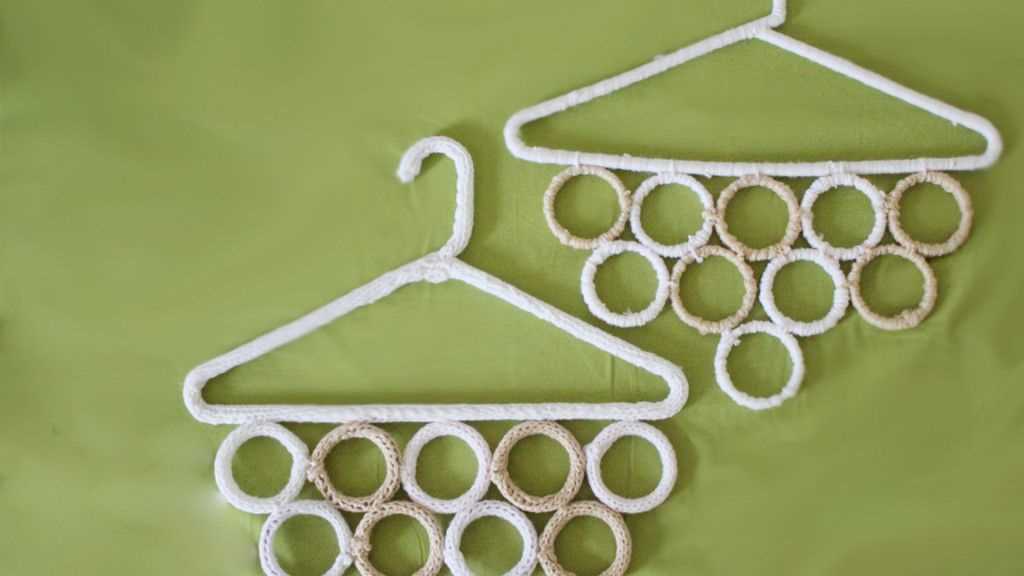
When choosing a knitted coat hanger pattern with lace, it’s important to look for durability. Knitted coat hangers are meant to support heavy clothing items, such as coats and jackets, so they need to be able to withstand the weight. Look for patterns that use sturdy yarns, such as cotton or acrylic, that will hold up over time.
Another factor to consider is the construction of the hanger itself. Look for patterns that include reinforced areas, such as extra stitches or double layers, at stress points like the hanger hook or the shoulders. This will help to prevent stretching or breaking when the hanger is in use.
Additionally, pay attention to the size and shape of the hanger. It should be wide enough to support the shoulders of your clothing without causing them to lose their shape. A hanger that is too narrow may cause the clothing to sag or become misshapen.
Lastly, consider the overall design of the pattern. Look for patterns that have a clean and simple design, as these are often more durable and less likely to snag or unravel. Avoid patterns with intricate lacework or delicate details, as these may not hold up well over time.
- Choose a pattern that uses sturdy yarns like cotton or acrylic.
- Look for reinforced areas at stress points to prevent stretching or breaking.
- Ensure the hanger is wide enough to support the shoulders of your clothing.
- Opt for patterns with a clean and simple design to avoid snagging or unraveling.
Opt for Softness
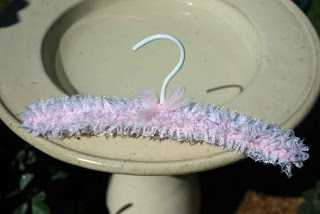
In the world of knitting, there is something truly special about creating a soft and luxurious knitted piece. The feeling of softness against your skin is unparalleled, and it adds a touch of elegance and comfort to any garment. When it comes to knitted coat hangers, opting for softness can make all the difference in preserving the delicate fabrics of your clothes and adding a touch of luxury to your closet.
One way to achieve softness in your knitted coat hangers is to use high-quality yarns. Opting for yarns made from natural fibers such as cotton, silk, or cashmere can provide a soft and delicate touch to your hangers. These fibers are known for their breathability, durability, and exceptional softness, making them perfect for creating a cozy and gentle environment for your clothes. So instead of using synthetic yarns, consider investing in yarns made from natural fibers to enhance the softness of your knitted coat hangers.
Another key element in achieving softness for your knitted coat hangers is incorporating lace patterns. Lace adds an ethereal and delicate touch to any knitted piece and can transform a plain coat hanger into a work of art. There are numerous lace patterns available, ranging from simple and elegant to intricate and ornate. By incorporating lace into your knitted coat hangers, you not only enhance their visual appeal but also add an extra layer of softness and elegance to your closet.
Essential Tools for Knitting Coat Hangers
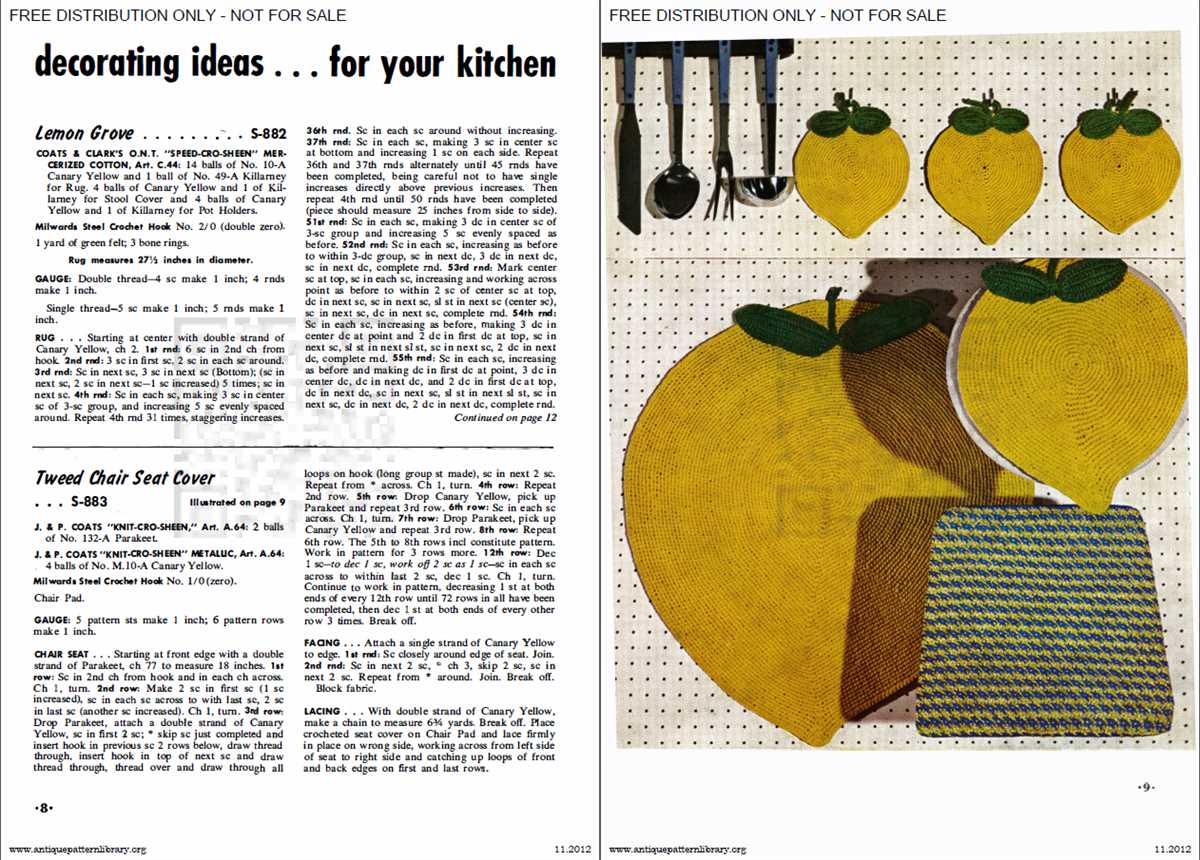
In order to create beautiful knitted coat hangers with lace, there are several essential tools that every knitter should have on hand. These tools will help you achieve the best results and make the knitting process easier and more enjoyable.
1. Knitting Needles: A set of good quality knitting needles is essential for any knitting project. For knitting coat hangers with lace, you will need needles that are appropriate for the yarn weight you are using. Generally, a size 6 or 7 needle works well for most lace patterns.
2. Lace Pattern Guide: To create intricate lace patterns on your coat hangers, a lace pattern guide is a must-have tool. This guide will provide you with different lace designs and instructions on how to knit them. It will help you create stunning lace details on your coat hangers.
3. Yarn: Choosing the right yarn is crucial for knitting coat hangers with lace. Opt for a smooth and lightweight yarn that is suitable for lace knitting. A yarn made of cotton or bamboo can work well for this project, as they provide good stitch definition and drape.
4. Stitch Markers: When knitting lace patterns, it is essential to keep track of your stitches. Stitch markers help you mark specific points in your knitting, such as the beginning and end of lace pattern repeats. They will help you follow the lace pattern accurately and avoid mistakes.
5. Blocking Tools: Blocking is an important step in knitting lace projects, including coat hangers. Blocking tools such as blocking mats, pins, and spray bottles are crucial for shaping and stretching the lace to its desired dimensions. They help open up the lace pattern and give it a polished look.
6. Tapestry Needles: Tapestry needles are necessary for weaving in loose ends and sewing finishing touches on your knitted coat hangers. They have a large eye and a blunt tip, making it easy to maneuver through stitches without snagging the yarn.
7. Scissors: A good pair of scissors is a must-have tool for any knitting project. You will need them for cutting yarn and trimming excess threads. Make sure to keep your scissors sharp and handy at all times.
8. Measuring Tape: Accurate measurements are crucial when knitting coat hangers. A measuring tape will help you ensure that your coat hangers fit properly and have the right dimensions. It will also come in handy for checking your gauge and making adjustments as needed.
Having these essential tools in your knitting arsenal will set you up for success in creating beautiful knitted coat hangers with intricate lace patterns. So gather your supplies, pick a lace pattern, and get ready to create stunning and functional pieces for your wardrobe or as a gift for others.
Knitting Needles
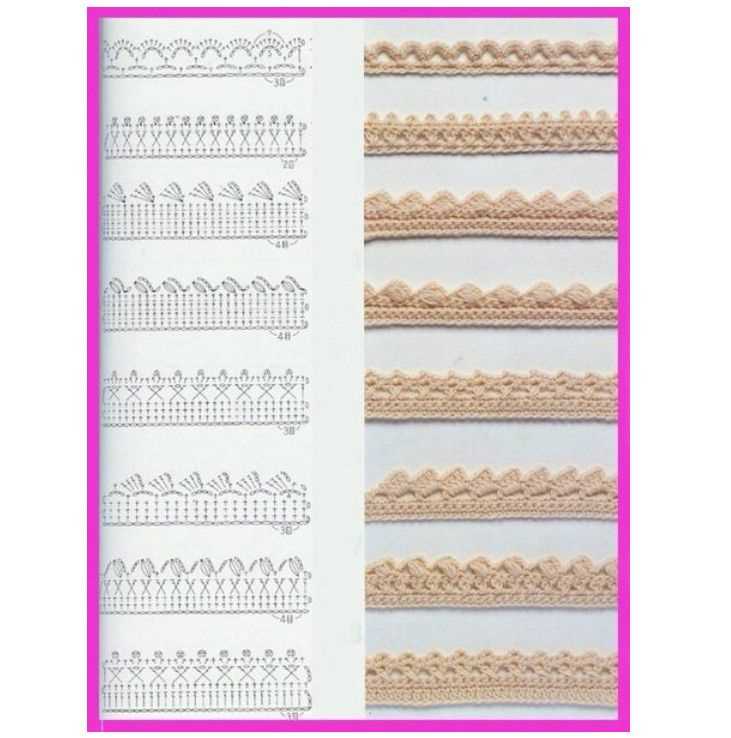
When it comes to knitting, one of the most essential tools you need is a set of knitting needles. These needles come in different sizes, materials, and types, each suited for specific knitting projects.
Sizes: Knitting needles are available in various sizes, marked with numbers or letter codes. The size of the needle determines the thickness of the finished stitch. Thicker needles are suitable for creating larger and looser stitches, whereas thinner needles are ideal for creating small and tighter stitches.
Materials: Knitting needles can be made from different materials, including wood, metal, plastic, and bamboo. Each material has its own unique properties that can impact your knitting experience. Wooden needles are popular for their warmth and smoothness, while metal needles are known for their durability. Plastic needles are lightweight and great for beginners, while bamboo needles are eco-friendly and gentle on the hands.
Types: There are two main types of knitting needles: straight needles and circular needles. Straight needles are long and have points at both ends, perfect for knitting flat pieces like scarves or blankets. Circular needles, on the other hand, have two needle tips connected by a flexible cable. They are versatile and can be used for both flat and circular knitting projects, such as sweaters or hats.
In conclusion, choosing the right knitting needles is crucial for the success and comfort of your knitting projects. Consider the size, material, and type of needle that best suits your specific needs and preferences. With the right needles in hand, you’ll be ready to tackle any knitting pattern with confidence and ease.
Stitch Markers
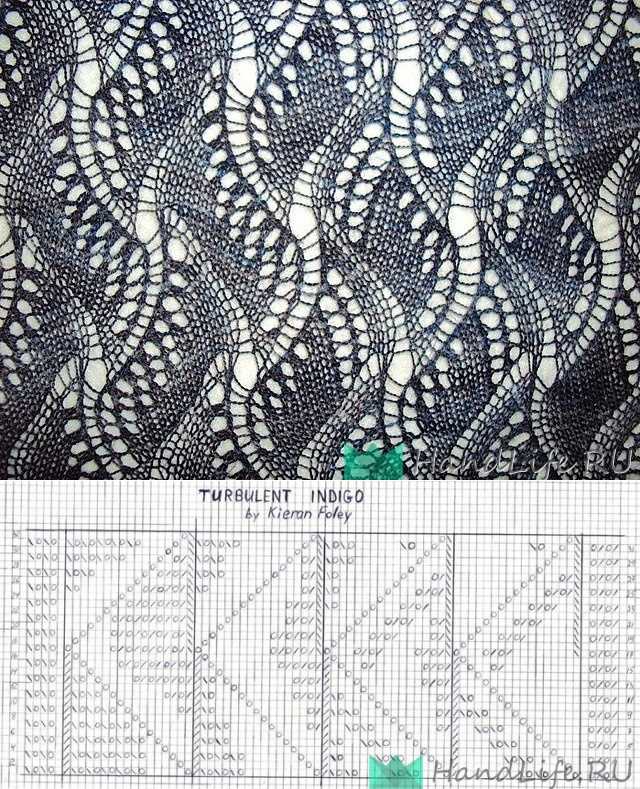
Stitch markers are essential tools for knitters working on intricate projects such as lace patterns or cable designs. These small, often brightly colored, rings or clips help mark specific stitches or sections in a knitting pattern, making it easier to keep track of your work and prevent mistakes.
Types of Stitch Markers: There are several types of stitch markers available, ranging from basic rings to more elaborate designs. Some markers are simply small metal or plastic rings that can be slipped onto a knitting needle or crocheting hook, while others may have charms or decorative elements attached to them. You can also find stitch markers with locking mechanisms or removable markers that can be easily added or removed from your project.
Uses of Stitch Markers: Stitch markers can be used for a variety of purposes. One common use is to mark the beginning or end of a round in circular knitting. Placing a marker at the beginning of each round can help you easily keep track of where the round starts and ends, especially when working on larger projects. Stitch markers can also be used to mark specific stitches or pattern repeats, making it easier to follow complex instructions.
- Tracking increases or decreases: When working on shaping your knitted piece, such as adding or decreasing stitches, stitch markers can help you keep track of where these changes occur. This is particularly useful when shaping sleeves or creating garments with intricate patterns.
- Identifying pattern sections: In lace knitting or cable designs, stitch markers can be used to mark specific sections of the pattern, making it easier to focus on the stitch pattern without getting lost.
- Tracking mistakes: If you make a mistake in your knitting, stitch markers can help you identify where the mistake occurred, allowing you to easily backtrack and fix the error.
Choosing the Right Stitch Marker: When selecting stitch markers, consider the size of your knitting needles or crochet hook, as well as the weight and texture of your yarn. Ensure that the stitch markers are large enough to easily slide on and off your needles or hook without snagging the yarn. Additionally, opt for markers that are sturdy and won’t easily break or get caught in your knitting.
Tips for Using Stitch Markers: To make the most of your stitch markers, keep the following tips in mind:
- Place stitch markers before the stitch you want to mark, rather than within the stitch itself, to avoid distorting the tension.
- Use different colored stitch markers to represent different types of stitches or pattern sections, making it easier to visually identify specific elements of the pattern.
- Periodically check your stitch markers as you work to ensure they haven’t accidentally shifted or fallen off.
- Remove stitch markers as you come to them in your knitting, rather than knitting or crocheting over them, to avoid leaving markers permanently in your finished piece.
Tape Measure
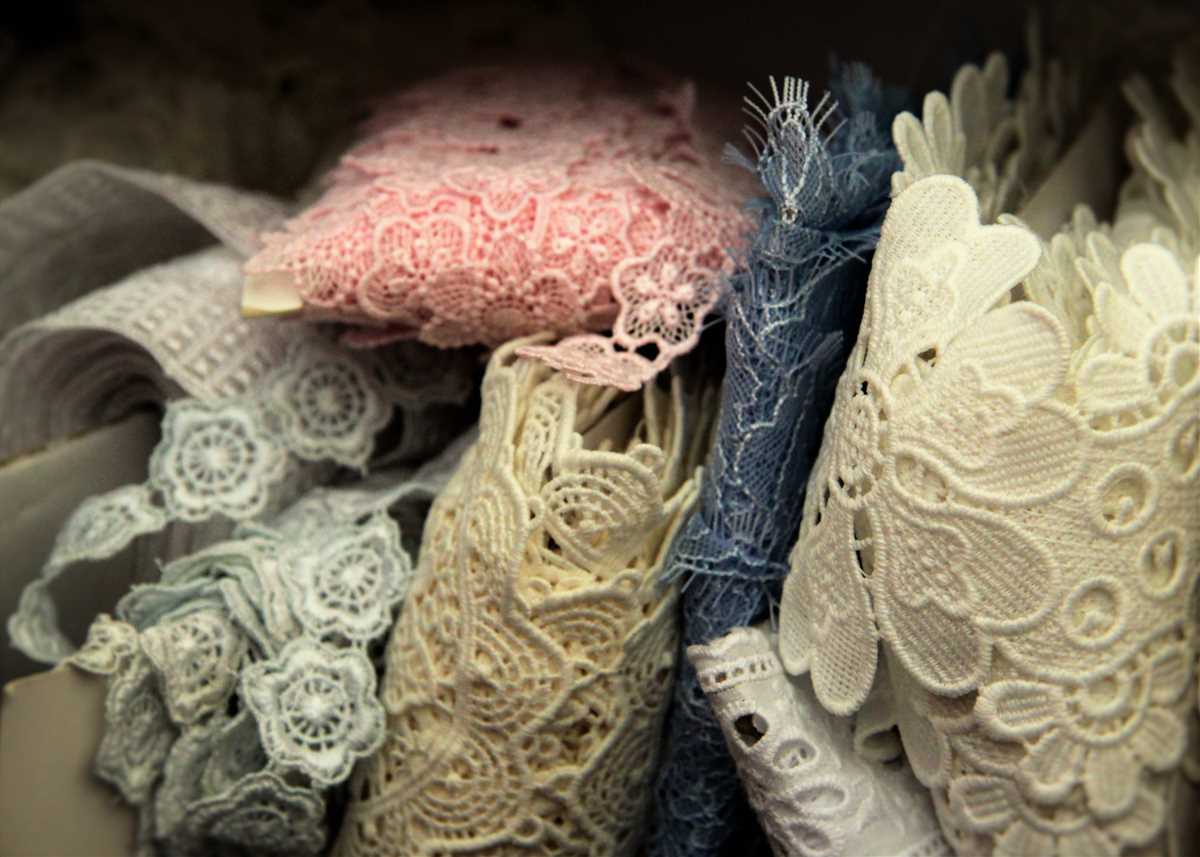
A tape measure is a flexible ruler used to measure the length or size of objects. It consists of a long, thin strip of material with measurement markings on one side. The most common type of tape measure is made of metal, but there are also versions made of fabric or plastic.
The tape measure is an essential tool for knitters and crafters, as it allows them to measure their work accurately. It is particularly useful when making garments, as it helps ensure the correct sizing and fit. With a tape measure, knitters can measure the length of their project, the circumference of a sleeve, or the size of a collar.
Tape measures often have additional features, such as a locking mechanism to keep the tape in place once a measurement is taken. Some tape measures also include a retractable mechanism, allowing the tape to be easily wound back inside the housing when not in use. This makes them convenient to carry in a toolbox or pocket.
When using a tape measure, it is important to pay attention to the units of measurement. In the United States, tape measures typically display measurements in inches and feet, while in other countries, metric measurements such as centimeters and meters are more common. It is essential to understand and use the appropriate units for accurate measurement.
In conclusion, a tape measure is a versatile and indispensable tool for knitters and crafters. Its flexibility and accurate measurement markings make it an essential companion for anyone working on projects that require precision and sizing.
Summary:
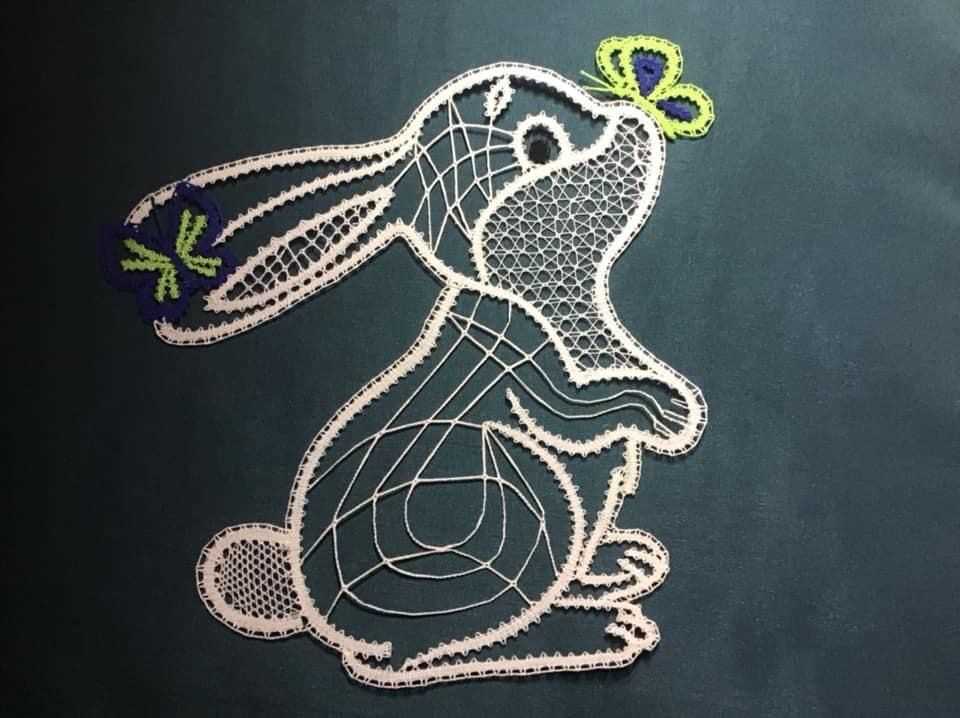
Knitted coat hangers are a fun and practical project that can add a touch of style to your closet while keeping your clothes in place. With various patterns available, there is something for everyone, whether you prefer a simple and elegant design or a more intricate lace pattern.
In this article, we discussed some popular knitted coat hanger patterns, including the basic ribbed pattern, the cable pattern, and the lace pattern. The ribbed pattern is perfect for beginners as it is easy to knit and provides a nice grip for your clothes. The cable pattern adds a touch of complexity and creates a beautiful textured look on the hanger. The lace pattern, on the other hand, is delicate and feminine, making it a great choice for a decorative hanger.
In conclusion,
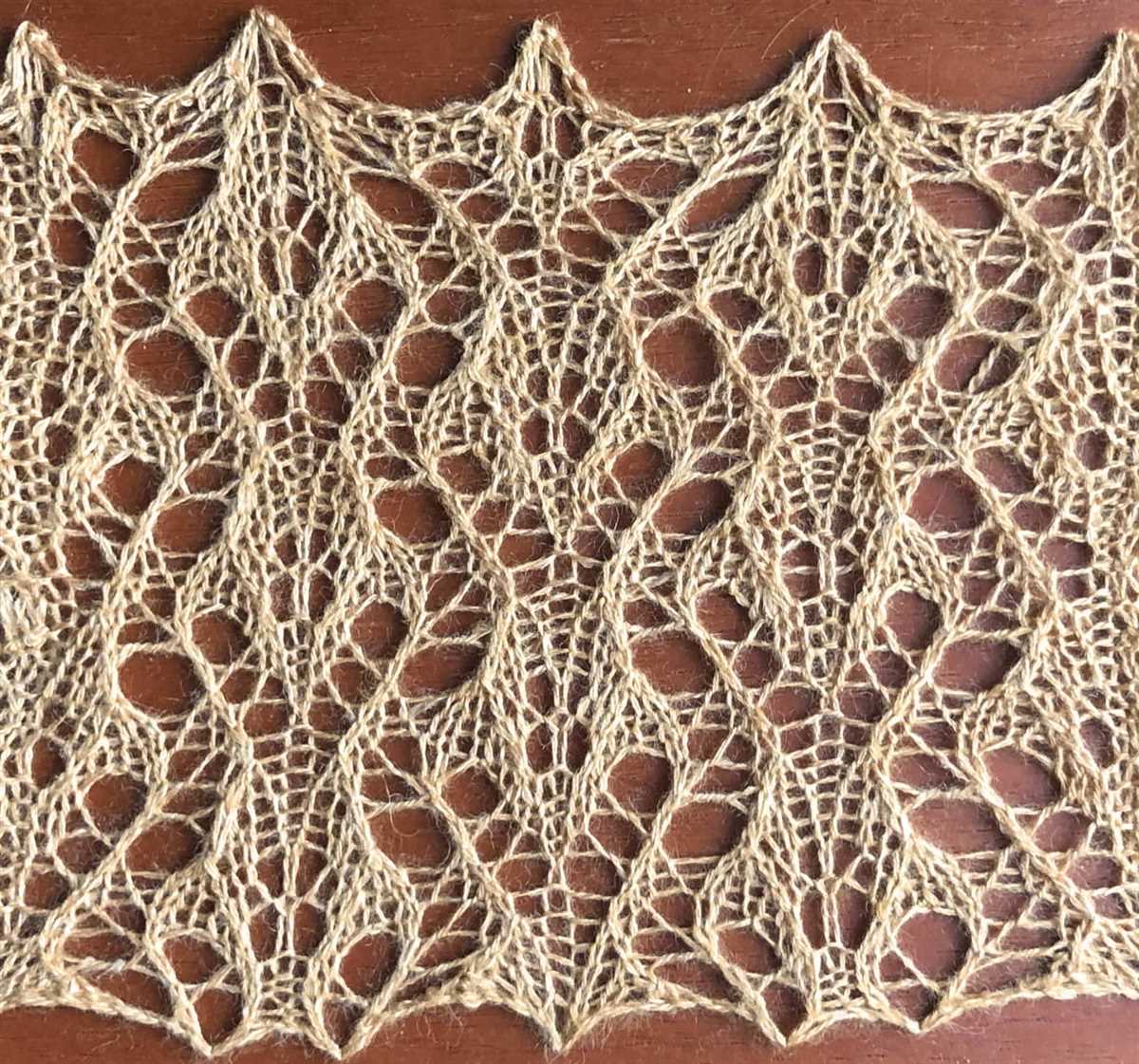
Knitting your own coat hangers allows you to personalize your closet and showcase your knitting skills. Whether you choose a simple ribbed pattern or a more intricate lace design, your knitted coat hangers will not only keep your clothes in place but also add a touch of style to your wardrobe.
Q&A:
What are knitted coat hanger patterns with lace?
Knitted coat hanger patterns with lace are patterns or instructions for creating coat hangers that are knitted and feature lace details.
Why would someone use knitted coat hanger patterns with lace?
Using knitted coat hanger patterns with lace can add a touch of elegance and beauty to your wardrobe. They also provide a soft and padded surface for hanging delicate clothing items without causing any damage.
Where can I find knitted coat hanger patterns with lace?
Knitted coat hanger patterns with lace can be found on various knitting websites, blogs, and forums. You can also find them in knitting pattern books or magazines.
Are knitted coat hanger patterns with lace suitable for beginners?
Knitted coat hanger patterns with lace can vary in difficulty, but many patterns are designed with beginners in mind. It’s always a good idea to check the pattern’s difficulty level before starting.
What materials do I need to knit coat hangers with lace?
To knit coat hangers with lace, you will typically need knitting needles, yarn, lace patterns or instructions, and any additional embellishments or accessories you may want to add.